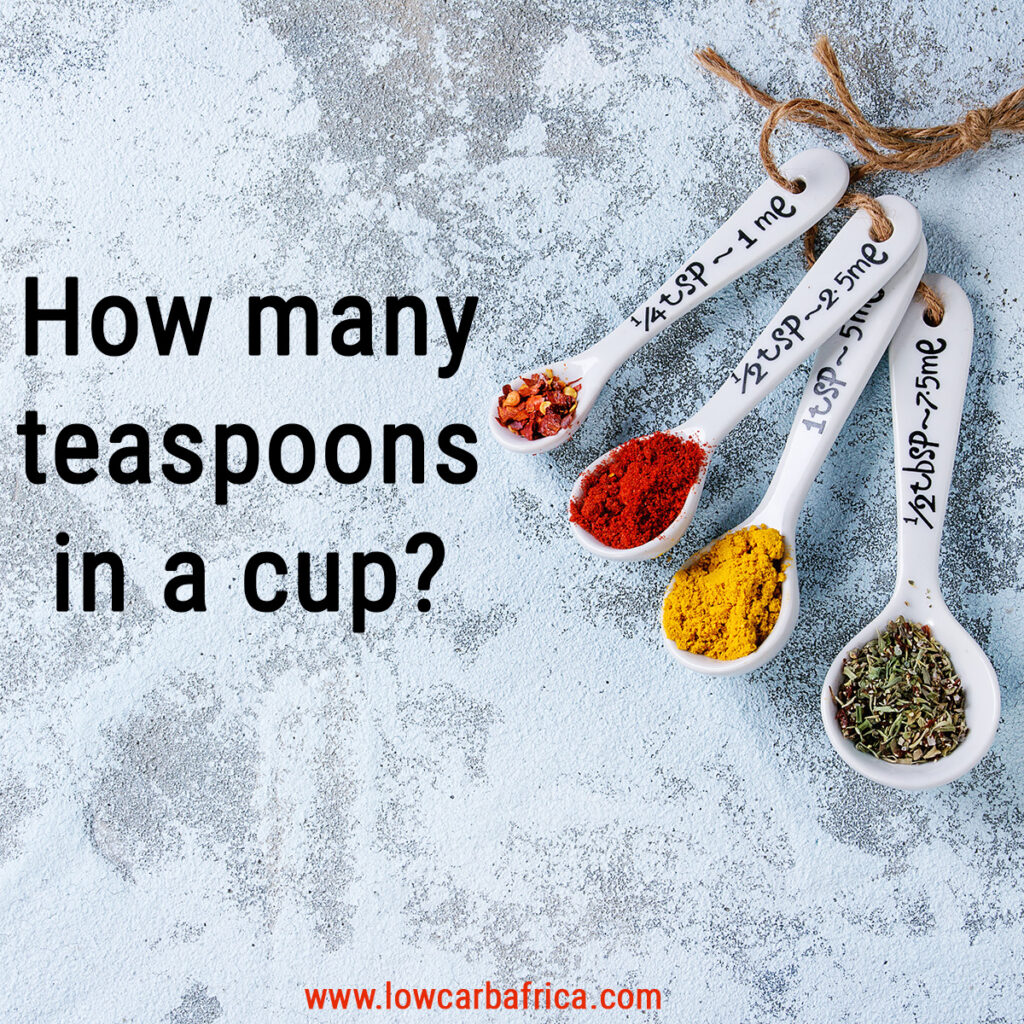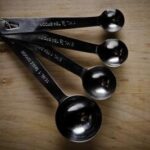How Many Teaspoons in a Cup?
Measuring ingredients accurately is crucial in cooking and baking, as the right proportions can make all the difference between a successful dish and a disappointing one. One of the most common conversions home cooks and bakers need to know is how many teaspoons are in a cup. This seemingly simple question can have a variety of answers depending on the specific context and measurement system being used.In this comprehensive guide, we will explore the different ways to convert between teaspoons and cups, provide clear and concise answers, and offer helpful tips and tricks to ensure you always have the right measurements for your culinary endeavors.
Standard Conversion: 1 Cup = 48 Teaspoons
The most widely accepted and commonly used conversion is that 1 cup is equal to 48 teaspoons. This standard conversion is based on the U.S. customary measurement system, which is the primary system used in the United States for cooking and baking.To break this down further:
- 1 cup = 48 teaspoons
- 1/2 cup = 24 teaspoons
- 1/4 cup = 12 teaspoons
- 1 tablespoon = 3 teaspoons
It’s important to note that this conversion is specific to the U.S. customary system and may differ in other parts of the world that use the metric system or other measurement standards.
Metric System Conversion: 1 Cup = 250 Milliliters
In the metric system, which is widely used in many countries around the world, the conversion between cups and teaspoons is slightly different. In the metric system, 1 cup is equal to 250 milliliters (ml), and 1 teaspoon is equal to 5 ml.Therefore, the conversion between cups and teaspoons in the metric system is:
- 1 cup = 250 ml = 50 teaspoons (based on 1 teaspoon = 5 ml)
- 1/2 cup = 125 ml = 25 teaspoons
- 1/4 cup = 62.5 ml = 12.5 teaspoons
- 1 tablespoon = 15 ml = 3 teaspoons
It’s important to note that the metric system uses a more precise and standardized measurement system, whereas the U.S. customary system can sometimes have slight variations in the exact conversions.
Factors Affecting Teaspoon-to-Cup Conversions
While the standard conversions provided above are generally accurate, there are a few factors that can affect the exact number of teaspoons in a cup:
- Ingredient Density: The density of the ingredient being measured can impact the number of teaspoons in a cup. For example, a cup of granulated sugar will have a different number of teaspoons than a cup of flour or a cup of liquid.
- Measuring Technique: The way the teaspoon or cup is filled and leveled can also affect the conversion. Overfilling or underfilling the measuring utensil can result in slight variations in the number of teaspoons per cup.
- Rounding Differences: When converting between units, small rounding differences can occur, leading to slight variations in the exact number of teaspoons per cup.
To ensure the most accurate measurements, it’s always best to use the specific measuring tools and techniques recommended in your recipe or by the ingredient manufacturer.
Practical Applications and Tips
Knowing the conversion between teaspoons and cups is essential for successful cooking and baking. Here are some practical tips and applications:
- Scaling Recipes: When adjusting the serving size of a recipe, being able to accurately convert between teaspoons and cups is crucial to maintaining the proper ingredient ratios.
- Substituting Ingredients: If a recipe calls for a measurement that you don’t have, being able to convert to a different unit can help you find a suitable substitute.
- Measuring Spices and Herbs: Many spices and herbs are measured in teaspoons, so understanding the conversion to cups can help you accurately portion these ingredients.
- Measuring Liquids: While liquids are often measured in cups, some recipes may call for measurements in teaspoons, especially for small amounts of ingredients like vanilla extract or food coloring.
- Calibrating Measuring Tools: Knowing the standard conversions can help you ensure your measuring cups and spoons are accurate and properly calibrated.
Remember, when measuring ingredients, it’s always best to use the specific measuring tools recommended in the recipe, as this will ensure the most accurate results. Additionally, be mindful of any variations in measurement systems or ingredient densities that may require adjustments to the standard conversions.
Conclusion
Mastering the conversion between teaspoons and cups is an essential skill for any home cook or baker. By understanding the standard conversions, as well as the factors that can affect these measurements, you can ensure that your recipes turn out perfectly every time.Whether you’re working in the U.S. customary system or the metric system, having a solid grasp of these measurement conversions will empower you to tackle any recipe with confidence and precision. So the next time you’re in the kitchen, remember: 1 cup = 48 teaspoons (in the U.S. customary system), and you’ll be well on your way to culinary success.
FAQ
Q: How many teaspoons are in a cup?
A: In the U.S. customary measurement system, 1 cup is equal to 48 teaspoons. In the metric system, 1 cup is equal to 250 milliliters, which is equivalent to 50 teaspoons (based on 1 teaspoon = 5 milliliters).
Q: How do I convert between cups and teaspoons?
A: The standard conversions are:
- 1 cup = 48 teaspoons (U.S. customary system)
- 1 cup = 50 teaspoons (metric system, based on 1 teaspoon = 5 ml)
- 1/2 cup = 24 teaspoons (U.S. customary system)
- 1/4 cup = 12 teaspoons (U.S. customary system)
- 1 tablespoon = 3 teaspoons
Q: Are there any factors that can affect the number of teaspoons in a cup?
A: Yes, there are a few factors that can impact the exact number of teaspoons in a cup:
- Ingredient density: The density of the ingredient being measured can affect the conversion.
- Measuring technique: How the teaspoon or cup is filled and leveled can impact the measurement.
- Rounding differences: Small rounding differences can occur when converting between units.
Q: Why is it important to know the conversion between teaspoons and cups?
A: Knowing the conversion between teaspoons and cups is essential for successful cooking and baking. It allows you to:
- Scale recipes up or down accurately
- Substitute ingredients when necessary
- Measure spices, herbs, and small liquid ingredients properly
- Calibrate your measuring tools for the most precise results
Q: Is there a difference in the teaspoon-to-cup conversion between the U.S. customary system and the metric system?
A: Yes, there is a difference. In the U.S. customary system, 1 cup is equal to 48 teaspoons. In the metric system, 1 cup is equal to 250 milliliters, which is equivalent to 50 teaspoons (based on 1 teaspoon = 5 ml).
For more information on measurement conversions, you can refer to the following Wikipedia article:



